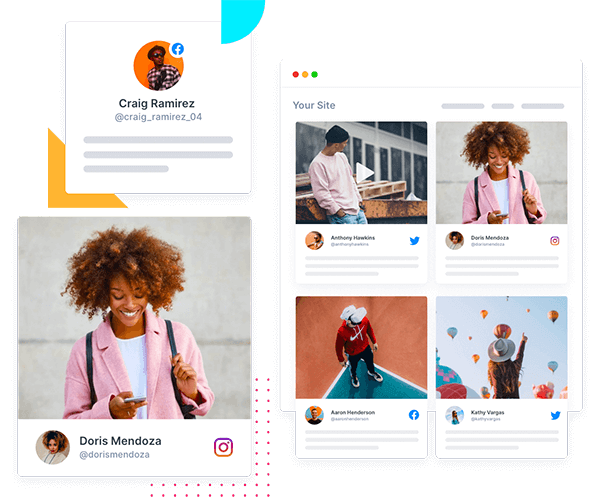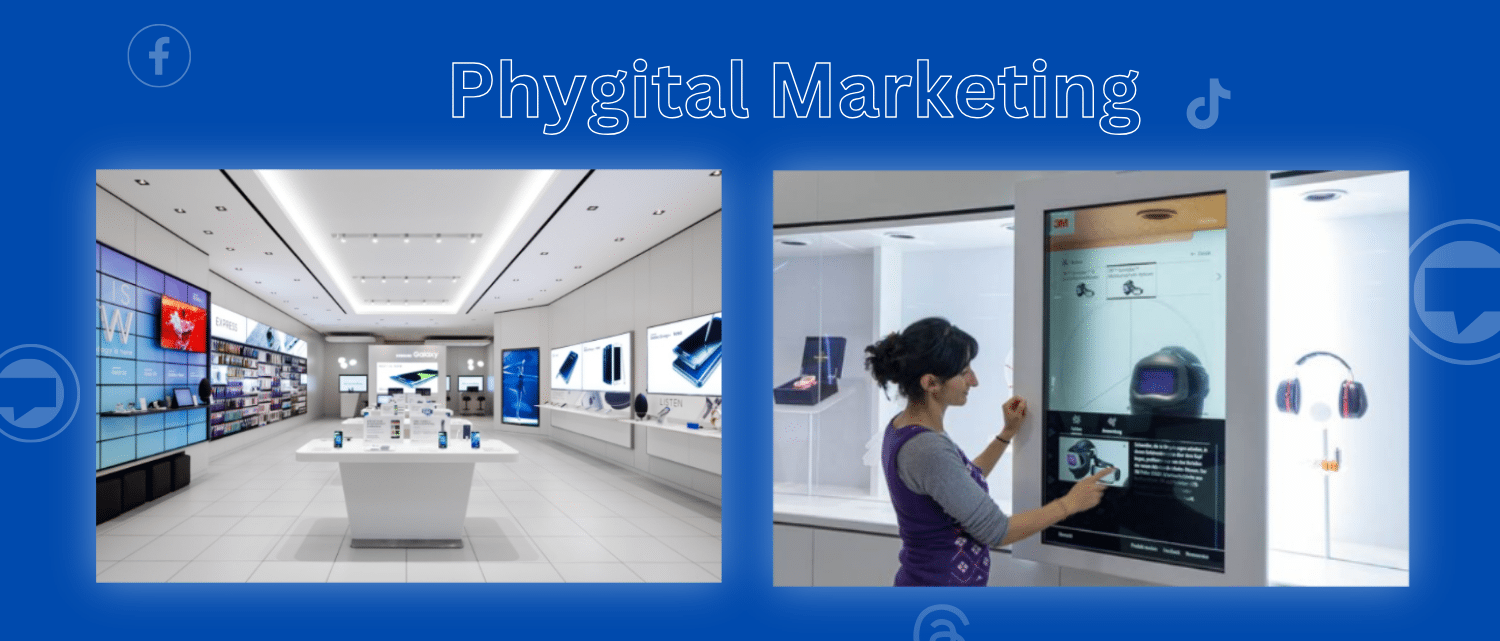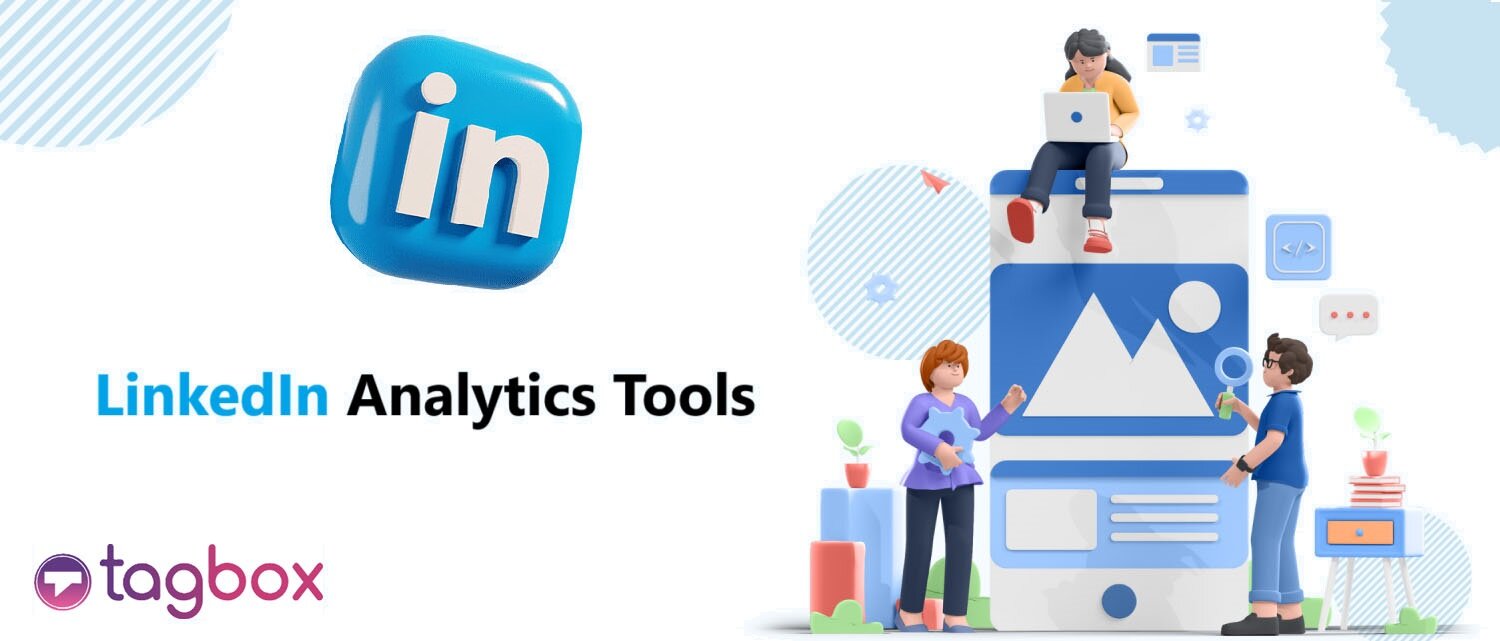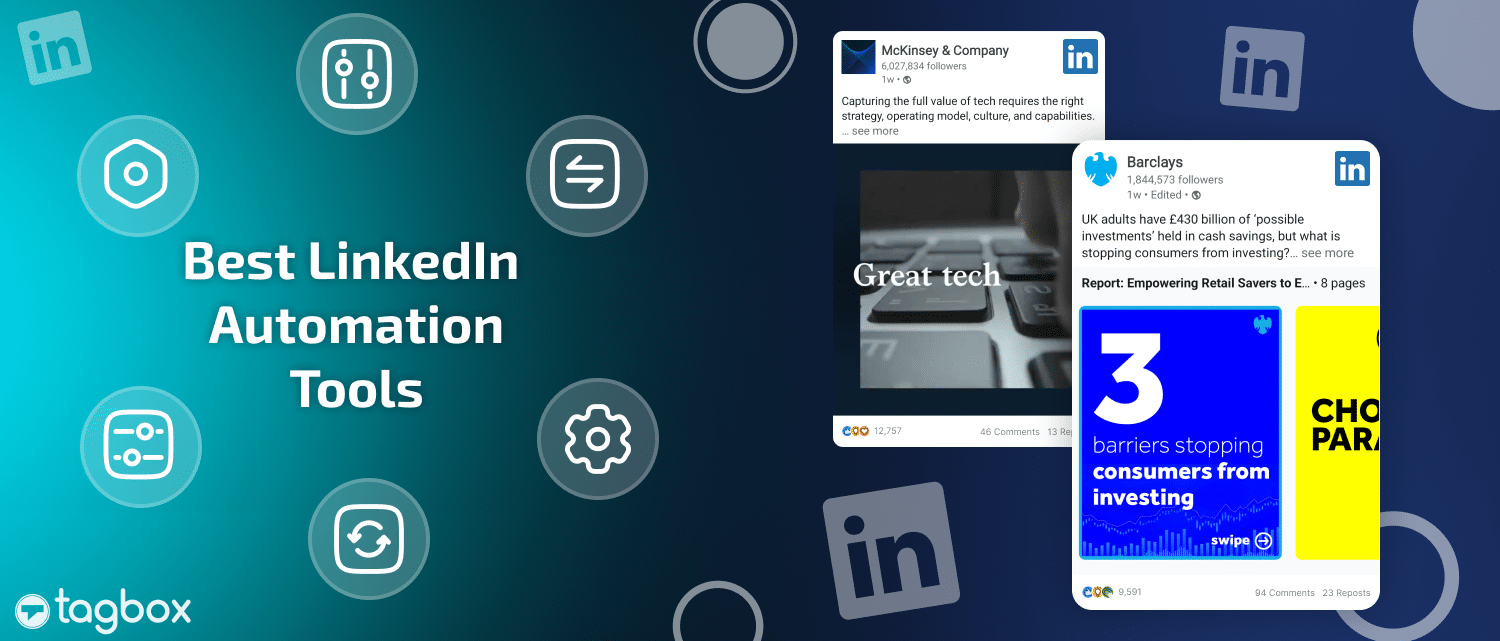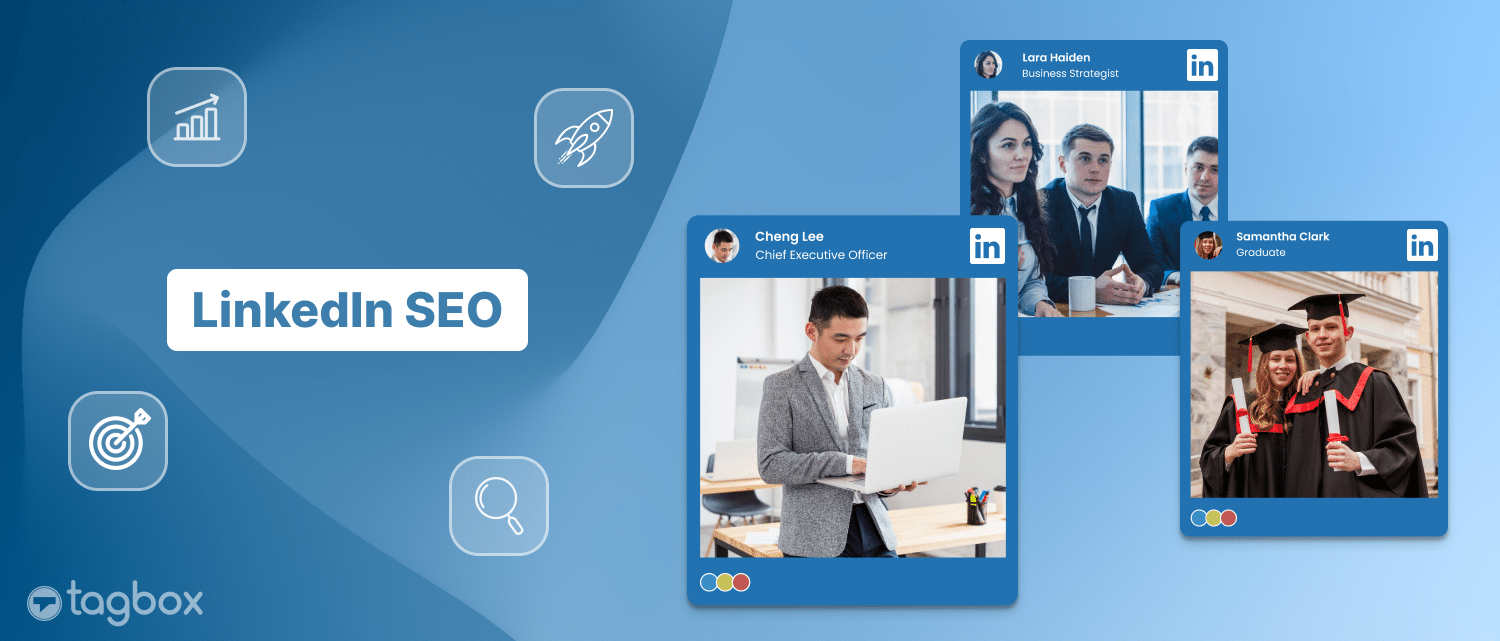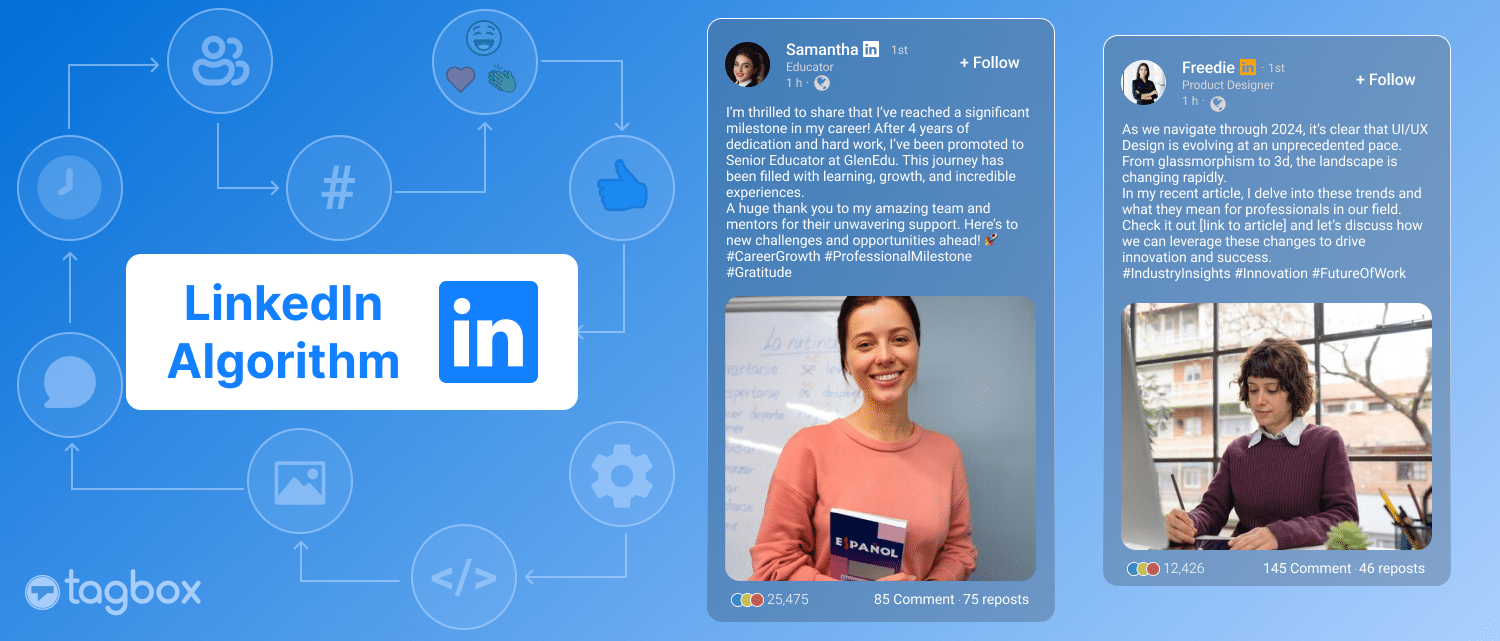The Rise of Phygital Marketing: Bridging the Physical and Digital Worlds
In a world where brands are fighting between physical and digital marketing and storming their brain with strategies, I have got something for you that will serve you with the best of both worlds and will ensure a boosted return for all your marketing efforts.
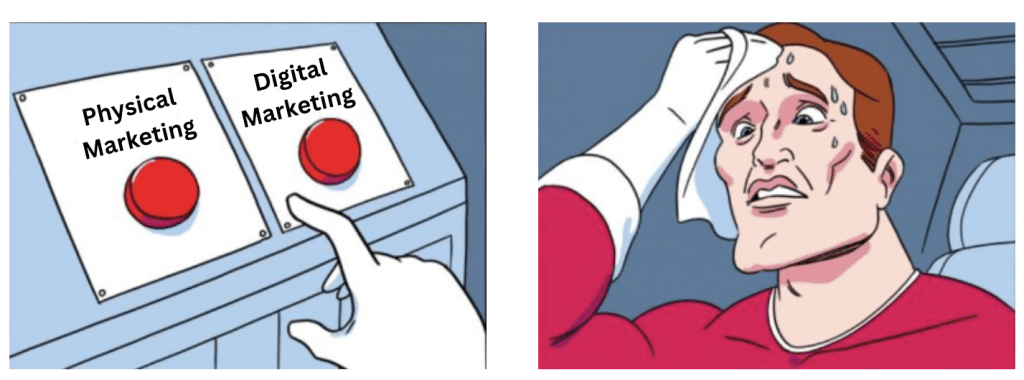
Let me introduce you to “Phygital Marketing, your missing step on the ladder of success.
Understanding Phygital Marketing
Phygital marketing is a smart way businesses use real-world and digital stuff to connect with customers. It’s a mix of “physical” (like stores) and “digital” (like websites) to make shopping and marketing more interesting.
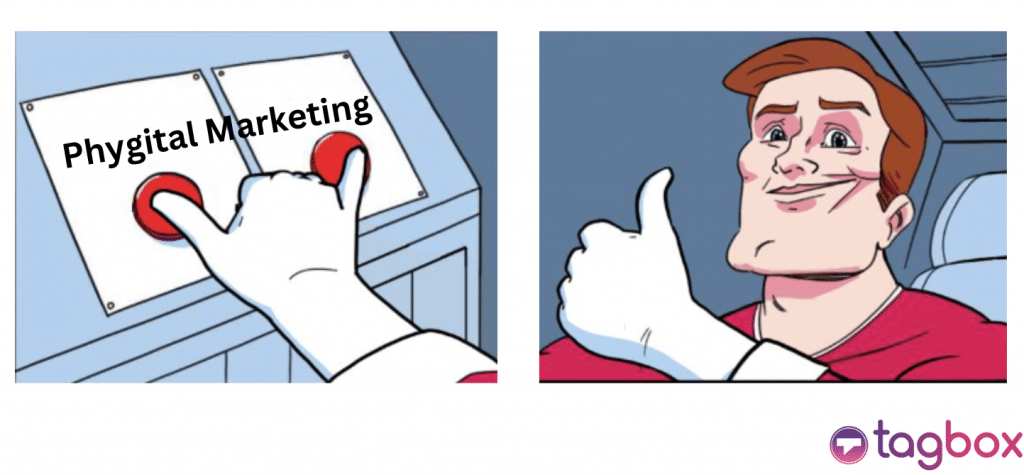
This idea started when more people began using the internet for everything, and businesses had to find new ways to keep up and stay excited.
At first, companies used simple tricks like QR codes on products linked to websites. But as technology got better, they got more creative.
They started putting cool things in stores, like screens you can touch to learn about stuff and mirrors that show how clothes might look on you.
Shopping online has also improved, with features like shopping on social media and personalized recommendations based on your interests.
Read More – User-Generated Content and its Potential: The Complete Guide
Key Components
1. Physical Touchpoints:
- These are the real-world places where customers interact with a business, like stores or events.
- Companies use technology to make these places more fun and informative, like having screens in stores or special events where you can try new things.
2. Digital Touchpoints:
- These are the online places where customers connect with a business, like websites or social media.
- Companies make their websites user-friendly, and they sell things directly on social media platforms to make shopping easier.
Why Phygital Matters
1. Consumer Behavior Shifts:
People are changing how they shop and find information. Phygital marketing helps businesses keep up with these changes and reach customers where they spend their time.

2. Enhanced Customer Experiences:
Phygital marketing makes shopping more exciting and convenient. It lets customers try things before buying and provides personalized recommendations, improving their experience.
3. Competitive Advantage:
Businesses that use phygital marketing stand out because they offer a mix of real-world and online experiences. This gives them an edge over others who stick to just one way of marketing.
In a nutshell, phygital marketing combines the real world with the digital world to create engaging customer experiences. It helps businesses stay relevant in a changing world, provides better shopping experiences, and makes them more competitive.
Phygital Marketing Strategies
Physical Touchpoints
These are the real-world places where customers interact with a business, like stores or events. Phygital marketing strategies focus on making these physical touchpoints more exciting and engaging by blending them with digital elements.
1. Brick-and-Mortar Stores
Physical stores are a critical part of phygital marketing. They’re the traditional shops you can walk into, and businesses are finding creative ways to use technology to make them more interesting.
A. In-Store Technology Integration: This means adding digital gadgets and tools inside physical stores to make shopping more fun and informative.
For example, imagine touching a screen in a store to learn more about a product or find out where it’s located in the store.
Or displaying UGC on digital screens as it boosts engagement by leveraging authentic, user-created content to connect, inspire, and build trust with your audience.
In-store tech can also help with things like self-checkout or finding the perfect item in your size.
B. Augmented Reality (AR) in Retail: AR is like adding digital magic to the real world. In retail, it’s when you use your smartphone or special glasses to see things that aren’t really there.
For instance, you could use your phone to try on virtual clothes or see how a new piece of furniture would look in your living room. This makes shopping in physical stores more interactive and fun.
2. Events and Experiences
Sometimes, businesses create special events or experiences to connect with customers. These can be temporary, like pop-up shops, or big, like trade shows.
Phygital marketing makes these events even more exciting by blending physical and digital elements.
A. Pop-Up Shops and Brand Activations: Pop-up shops are temporary stores that appear quickly, often in unique locations. They’re like mini-adventures where you can discover new products or experiences.
Phygital pop-ups might use digital screens, interactive games, or special apps to engage visitors and create a buzz.
B. Trade Shows and Exhibitions: Trade shows and exhibitions are big events where businesses showcase their latest products or ideas. Phygital marketing brings these events to life by using digital tools like virtual reality (VR) to offer immersive experiences.
For example, you might put on VR goggles and feel like you’re in a different place or trying out new products.
Also Read – Taggbox’s All-new Feature: SnapUp
Digital Touchpoints
These are the online places where customers connect with a business, like websites and social media. Phygital marketing strategies focus on making these digital touchpoints more engaging and effective by combining them with physical elements.
1. Website and E-commerce
Websites and online stores are essential in phygital marketing. They’re like digital storefronts where businesses interact with customers, and there are smart ways to make them more appealing, such as embedding UGC, which can improve user experience.

A. User Experience (UX) and User Interface (UI) Design: This is all about making the website easy and enjoyable to use. Imagine a website that’s simple to navigate, with big buttons and clear pictures.
That’s good UX and UI design. It’s like creating a smooth path for customers to find what they want, just like in a physical store. So, when choosing an ecommerce platform, consider one that offers intuitive navigation and robust search functionality to replicate the ease of shopping in a brick-and-mortar store.
B. Personalization: Personalization is like having a store assistant who knows your preferences. Online means the website shows you stuff you’re interested in.
For example, if you like hiking, a personalized website might suggest hiking gear when you visit. It makes online shopping feel more like a personal experience.
2. Social Media and Influencer Marketing:
Social media is where many people spend their digital time, and businesses use it to connect with customers. Phygital marketing takes social media to the next level by blending it with real-world elements.

A. Social Commerce: Imagine scrolling through your favorite social media feed and seeing a cool product. With social commerce, you can click on it and buy it right there without leaving the social app. It’s like turning your social media into a mini shopping mall.
B. Collaboration with Content Creators: Content creators are people who have lots of followers on social media. Businesses partner with these creators to promote their products or services. It’s like having a famous friend recommend something. The Content creator’s audience trusts their opinions, making it a powerful way to reach customers.

Phygital marketing strategies make digital touchpoints more exciting and interactive. They use good website design and personalization to make online shopping easy and personalized.
Social media and influencers become a shopping destination, allowing customers to buy products they discover while scrolling through their feeds. This blending of the digital and physical worlds enhances the overall customer experience.
Seamless Integration
Seamless integration is like making sure all the parts of a business work together smoothly, whether it’s online or in a store.
1. Omni-channel Marketing: Omni-channel marketing is like ensuring everything feels connected. It means whether you shop in a store, visit the website, or check social media, it all feels like one big friendly shopping experience.
2. Data Analytics and Customer Insights: Data analytics is like being a detective for a business. It involves collecting and studying data about how customers interact with the company to create a customer 360 view.
This helps businesses understand what customers like, what they buy, and how they shop. It’s like a treasure map for businesses to make better decisions and keep customers happy.

In a nutshell, digital touchpoints like websites and social media are where businesses meet customers online. Good design and personalization make them more enjoyable.
Seamless integration and omnichannel marketing ensure everything works together smoothly, and data analytics helps businesses better understand their customers.
It’s all about creating a great experience for shoppers, whether they’re online or in a store.
Success Stories in Phygital Marketing
Case Study 1: Nike’s Phygital Stores
- Innovative In-Store Tech
Nike, the famous sportswear brand, has embraced phygital marketing by introducing innovative technology in its physical stores.

They’ve integrated digital elements seamlessly to enhance the in-store experience. For instance, customers can interact with smart mirrors that suggest complementary products based on what they’re trying on.
These mirrors provide a digital twist to the traditional dressing room experience.
- Mobile App Integration
Nike’s mobile app plays a significant role in its phygital strategy. Customers can use the app to scan products in-store, access detailed information about each item, and even check if their size is available.
Additionally, the app offers personalized recommendations and exclusive offers, bridging the gap between the physical and digital shopping experiences.
Nike has successfully merged the convenience of mobile technology with the sensory experience of a brick-and-mortar store.
Case Study 2: Starbucks’ Mobile Ordering
- Mobile App and Rewards Program
Starbucks, the global coffeehouse chain, has excelled in phygital marketing through its mobile app and rewards program.

Starbucks’ app allows customers to order and pay for their favorite drinks and snacks ahead of time. It’s like having your coffee ready when you walk into the store.
The app seamlessly links to Starbucks’ rewards program, which offers personalized discounts and free items based on a customer’s previous purchases.
This integration encourages repeat visits and loyalty.
- In-Store Pickup Experience
Starbucks has perfected the in-store pickup experience. Once you’ve placed an order on the app, you can simply walk into the store and collect your items from a designated pickup area.
This not only saves time but also enhances convenience for customers. Starbucks has created a harmonious blend of the digital ordering process and the physical coffee shop environment.
Challenges and Considerations
1. Data Privacy and Security:
As businesses collect and use customer data to personalize experiences, ensuring data privacy and security becomes crucial.
Customers need to trust that their information won’t be misused or compromised, and companies need to ensure they are cyber resilient. Since ensuring data privacy and security is pivotal, businesses can boost their cyber resilience by understanding and leveraging the advantages of cloud VPNs and secure web gateway solutions. These technological solutions not only increase data protection but they can also enhance network performance. Defending against DNS attacks is also crucial, as these threats can compromise internal systems and underscore the need for stronger team-level security.
Building trust is essential for the success of any phygital marketing strategy. However, to truly leverage these tech solutions, it is essential to deepen one’s understanding of cybersecurity measures. Resources like the CCNP Certification Dumps can provide valuable insights. Such resources can help one understand the fundamentals of IT operations, which are essential for implementing robust security strategies and maintaining trust.
2. Integration Complexity:
Seamlessly blending physical and digital touchpoints can be complex. Businesses may face challenges in integrating various technologies, platforms, and data sources.
The coordination between online and offline teams, as well as technology partners, requires careful planning and execution.
Ensuring a consistent and cohesive experience across all channels can be daunting, but it’s essential for a successful phygital strategy.
3. Costs and ROI (Return on Investment):
Implementing phygital marketing strategies often involves high upfront costs. Businesses must invest in technology, employee training, and sometimes even redesigning physical spaces.
Measuring the return on investment can also be challenging, as the impact of phygital initiatives may not always be immediately quantifiable.
Businesses need to set clear objectives and metrics to track the effectiveness of their phygital efforts and justify the associated costs.
4. Adapting to Technological Changes:
Technology evolves rapidly, and what’s cutting-edge today might become outdated tomorrow. Staying up-to-date with the latest technological trends and consumer preferences is a constant challenge in phygital marketing.
Businesses must be agile and willing to adapt to changes in consumer behavior and emerging technologies. This may require ongoing investments in research and development to maintain a competitive edge.
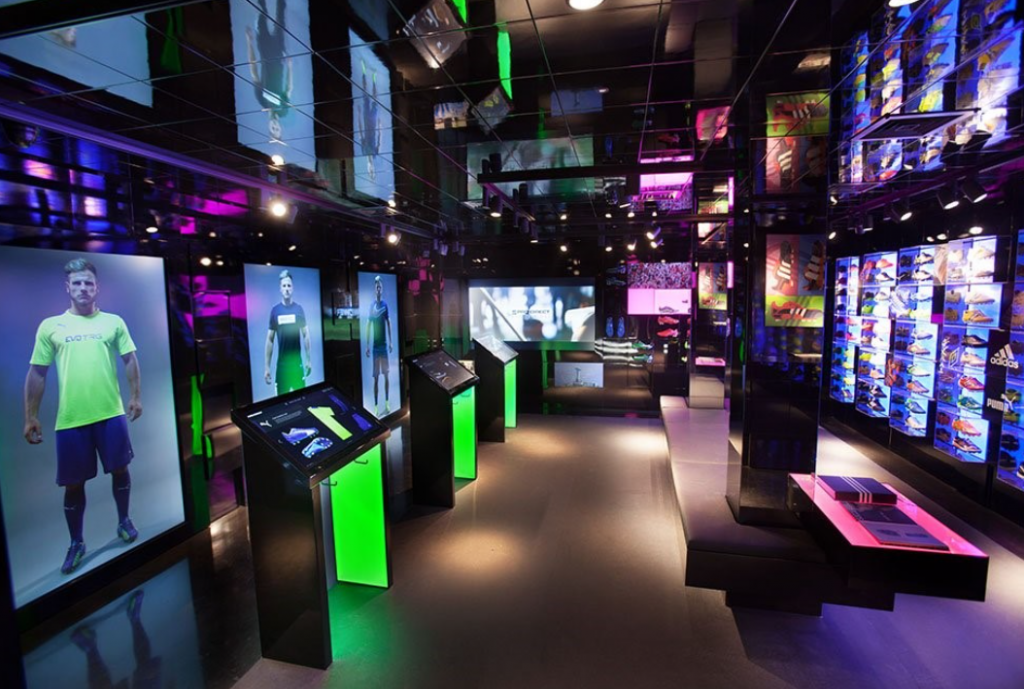
In conclusion, while phygital marketing offers exciting opportunities for businesses to connect with customers innovatively, it also presents challenges that must be carefully addressed.
Data privacy and security, including leveraging tools like air-gapped backups for safeguarding sensitive information, integration complexity, cost considerations, and the need to adapt to technological changes are all important factors that businesses must navigate to implement and sustain their phygital strategies successfully.
Future Trends in Phygital Marketing
1. Augmented Reality (AR) and Virtual Reality (VR):
The integration of AR and VR into phygital marketing is expected to surge. AR overlays digital information in the real world, allowing customers to experience products virtually before purchasing.
For example, AR can be used to visualize how furniture would fit in a room or try on virtual clothing. Conversely, VR immerses customers in entirely digital environments, offering unique and interactive experiences.
Businesses will likely explore these technologies to create engaging and memorable brand interactions.
2. Internet of Things (IoT):
IoT connects everyday objects to the internet, enabling them to communicate and share data. In phygital marketing, the ready-to-run IoT platform can create smart, interconnected experiences. An IoT development company can help businesses implement and leverage IoT monitoring software, which plays a crucial role in this process by managing and analyzing the vast amount of data generated by these devices.
For instance, stores can use IoT sensors to track customer movements and preferences, allowing for personalized recommendations and efficient asset management.
Additionally, products themselves can become “smart” and share data with customers via their smartphones, enhancing the overall product experience.
3. Voice Search and AI Assistants:
As voice-activated devices and AI-powered assistants like Siri and Alexa become more prevalent, businesses must optimize their phygital marketing strategies for voice search.
This includes tailoring content for voice queries and ensuring voice commands can easily discover products and services.
AI assistants will also play a role in delivering personalized recommendations and assistance in both physical and digital spaces.
4. Sustainability and Ethical Phygital Practices:
Consumers are increasingly concerned about the ethical and environmental impact of their purchases.
Phygital marketing can address these concerns by promoting sustainable practices. Businesses may leverage technology to provide transparent information about product sourcing, manufacturing processes, and eco-friendly options.
They can also engage customers in sustainability initiatives, fostering a sense of shared responsibility.
In summary, the future of phygital marketing is poised to be dynamic and transformative. Emerging technologies like AR, VR, IoT, and voice search will continue to reshape how businesses engage with customers across physical and digital touchpoints.
Additionally, a growing emphasis on sustainability and ethical practices will drive businesses to incorporate responsible practices into their phygital strategies, meeting the evolving expectations of conscious consumers.
Conclusion
Phygital marketing, blending the physical and digital worlds, is pivotal in modern marketing. It seamlessly integrates technology, enhancing the customer journey across online and offline touchpoints.
Its significance lies in bridging the gap between tangible stores and virtual experiences, enriching consumer engagement.
As marketing continually evolves, embracing phygital strategies is essential. Businesses should innovate, prioritize customer satisfaction, remain adaptable, incorporate sustainability, and measure performance.
In this dynamic landscape, phygital marketing isn’t just a trend but a transformative force driving brand success and creating meaningful connections in the digital era.
Embed social feed from Facebook, YouTube, Instagram, Twitter on your website, like a PRO
